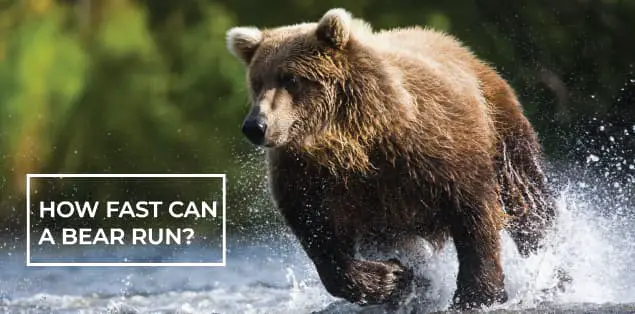So, how fast can a bear run? Bears are adorable, but they can be dangerous if you come in contact with them.
They have an outstanding level of pace, which is sufficient for moving around quickly. Bears typically weigh about 300 kg and stand anywhere between 8 to 9 feet tall while standing on their hind legs.
Bears have a fat appearance that leads us to believe that they couldn’t sprint half a mile even if they wanted to.
You’ll be astonished to know that a brown bear’s average running speed is comparable to a tiger’s.
Their massive muscles, sharp claws, and superb balance enable them to attain great speeds. Bears often lean down to acquire the best running techniques.
How Fast Can a Grizzly Bear Run?
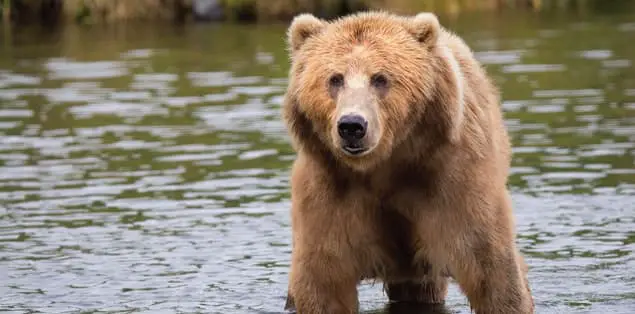
The Grizzly bear, commonly called the Brown bear, is one of the world’s fastest bear species.
It is also a fairly fast runner aside from its sharp claws, muscles, and frightening look. It can travel at a top speed of 34.8 mph, which is advantageous, especially when hunting.
Like other bears in nature, Grizzlies are excellent runners, so the National park service and the Wildlife Service advise humans encountering them not to run away from them since they will catch you in seconds.
Instead, avoid them or remain calm while waiting for them to flee. This will show the bear that you are not a danger to them.
You should always carry bear spray while you are in an area prone to bears. Grizzly bears may reach a weight of 270 kgs.
How Fast Can a Black Bear Run?
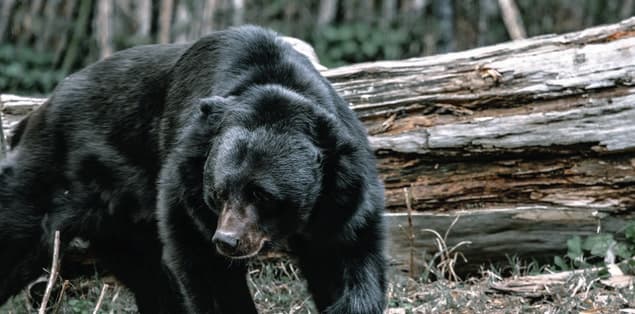
The black bear, often known as the American black bear, is another fast-moving bear species.
They can achieve 30 mph in a mile, meaning no human can outrun a bear, not even Usain Bolt, the fastest man.
Although these bears are among the tiniest, they can weigh up to 180kgs.
They have powerful claws and feet that let them climb trees and run around. In nature, they are playful and active.
Among the eight bear families, black bears are the fastest.
They have a thick and chubby body layout and are pretty adorable in appearance. In contrast to other bears, who are generally brown in shade, they have “midnight black” bodies.
How Fast Can a Polar Bear Run?
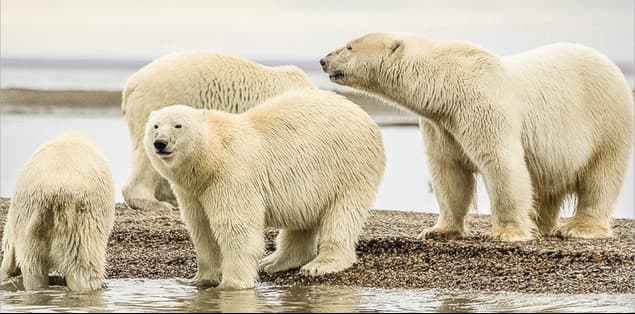
You will find polar bears along continental coastlines, Arctic regions, and frigid climates.
They are pretty large compared to other bear species, weighing around 450 kgs. They have thick fur and are fluffy to help them survive in their harsh native environment, which is extremely cold.
A polar bear can run at an average speed of 25 mph, slightly slower than Usain Bolt. However, don’t try racing or fleeing from them in the wild.
According to scientists, their relatively slow speed is due to their large weight and chilly temperatures.
However, they have a high tolerance for frigid temperatures because they have adapted to it and have evolved for such conditions.
How Fast Can a Kodiak Bear Run?
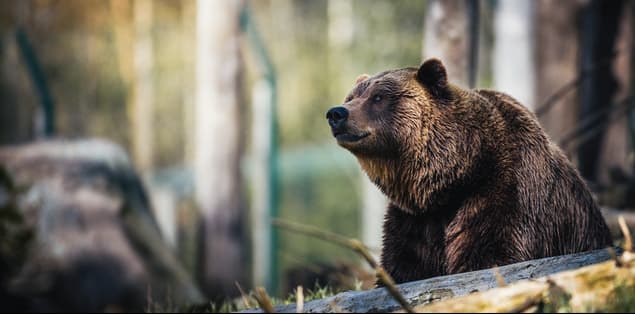
Kodiak bears dwell in Alaska’s Kodiak Archipelago, as its name suggests.
When running across a 2-mile radius, this bear can achieve speeds of 25 mph. If they feel threatened, they may sprint at 40 mph for a short distance. That’s the speed of a zebra.
Can Human Outrun a Bear?
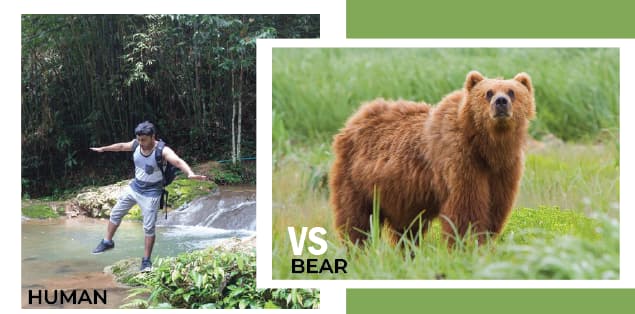
A human will not be able to outrun a bear if being chased by one. Any bear species would easily hunt the average human. A polar bear following Usain Bolt is the only circumstance where a person could outsprint a bear. In terms of distance, though, a person can beat a bear.
A human could drive a bear to exhaustion and trap it if they were hunting or chasing one. However, if a bear pursued a human, the individual would have little chance. Bears are experts at sprinting, while humans are experts in terms of distance.
What Should You Do If You Come Across a Bear?
Rather than sprinting away from a bear, there are different options for avoiding an attack. First and foremost, investigate regions where bears may be present based on the season before going on a trek or camping vacation. You might be able to avoid a confrontation entirely if you know where specific bears like to go.
Stay calm if you happen to come across a bear in the woods. Make no attempt to charge or aggress the bear in any way. If you have any small kids with you, pick them up right away. Talk quietly to the bear in low tones, so it recognizes you as a human rather than a prey animal.
Screaming, imitating bear sounds or growls, or making quick movements that can surprise the bear are bad ideas. If they stand on their hind legs to better look at you, it’s most likely out of curiosity rather than a hostile posture.
There are two ways to react in the uncommon event of a bear assault, depending on the species. For example, if a brown or grizzly bear confronts you, lie down on your stomach and appear dead. Then, fold your hands on the back of your neck and wear your backpack to shield your torso. Spread your legs, so the bear has a harder time turning you over. If you stay still, the bear will eventually lose interest.
Fighting back against a brown bear will inflame the situation. If the fight continues, beat the bear in the head using anything you have on hand. Do not pretend to be dead if a black bear attacks you. Instead, attempt to flee to a safe area, such as a car. Kick or slap the bear if you can’t run away.
Final Words – How Fast Can a Bear Run?
Bears come in various species, from grizzly bears to polar bears, brown bears, and black bears, and their running speeds vary.
A Sloth bear, Kodiak bear, and polar bear are the slowest members of the Ursidae family that run at 25 mph. Black bears can achieve speeds of 30 mph, while the grizzly bear has a top speed of 35 mph.
Even the world’s quickest humans cannot keep up with them.
When a bear is running downhill, its speed rises as well. Also, every wondered who would win in a race between lions and bears?
If you ever have a bear encounter on a hike, this article may have convinced you never to run away. Instead, stay calm and escape by convincing the bear that you are a regular human being, not a prey animal.
